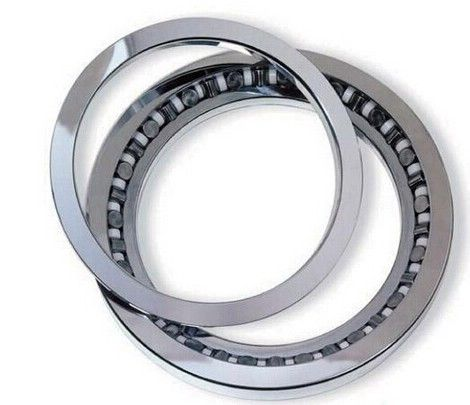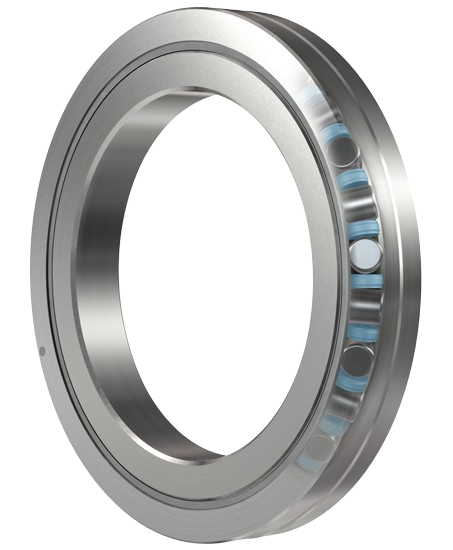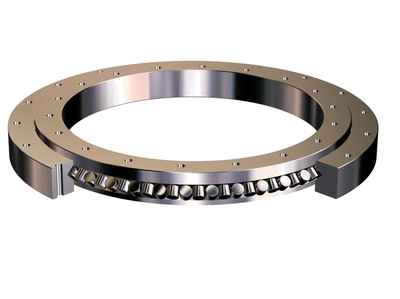Newsroom
What Are the Common Failures of Cross Cylindrical Roller Bearings?
With its unique structural design, the cross cylindrical roller bearing has the core advantages of balancing high load-carrying capacity, high precision, and high rigidity, and is widely used in scenarios requiring precision transmission and heavy-load support. For example, it is applied in fields such as industrial robots, machine tools, medical equipment, and aerospace equipment. Therefore, the maintenance and upkeep of cross cylindrical roller bearings are particularly important. The following are two common failures of cross cylindrical roller bearings:

1. Excessively High Bearing Temperature
During the operation of a mechanism, a certain temperature rise is allowed at the part where the cross cylindrical roller bearing is installed. When you touch the outer shell of the mechanism with your hand, it is normal if it does not feel scalding; otherwise, it indicates that the bearing temperature is excessively high.

Reasons for excessively high bearing temperature include:
The quality of the lubricating oil does not meet requirements or the oil has deteriorated, and the viscosity of the lubricating oil is too high;
The mechanism is assembled too tightly (insufficient clearance);
The bearing is assembled too tightly;
The bearing race rotates on the shaft or inside the housing;
Excessive load;
Fracture of the bearing cage or rolling elements, etc.

2. Bearing Noise
A slight operating noise is allowed when the cross cylindrical roller bearing is in operation. If the noise is too loud, or there is abnormal noise or impact sound, it indicates that the bearing has a fault.
The causes of noise in cross cylindrical roller bearings are relatively complex. First, the mating surfaces of the inner and outer rings of the bearing are worn. This wear damages the mating relationship between the bearing and the housing, as well as between the bearing and the shaft, causing the axis to deviate from its correct position and producing abnormal noise when the shaft moves at high speed. When the bearing is fatigued, the metal on its surface peels off, which will also increase the radial clearance of the bearing and generate abnormal noise. In addition, insufficient lubrication of the bearing (resulting in dry friction) and bearing breakage can also produce abnormal sounds. After the bearing is worn and becomes loose, the cage may loosen and be damaged, which will also cause abnormal noise.


